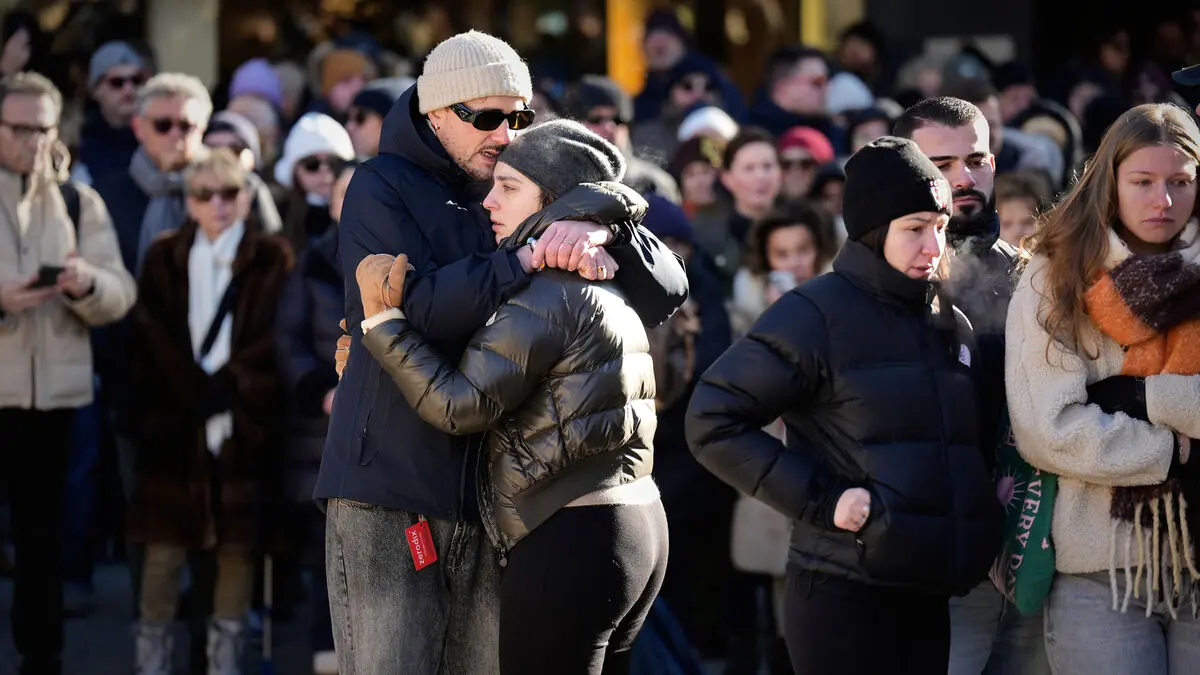Six years ago, a 14-year-old girl was suspected of murder or manslaughter of another girl at a HVB home in Trollhättan.
As far as I know, it was the first time a girl under 15 was suspected of murder, but her guilt was never tried by a prosecutor in court, says Rying, who has reviewed all murders in Sweden since 1990.
Since then, no similar incident has occurred – until now. On Friday, a 15-year-old girl was arrested, suspected of murdering a girl in Landskrona. Another girl under 15 is also suspected in the case, but she is not criminally responsible and therefore cannot be prosecuted.
However, it can still be investigated legally. If the prosecutor chooses to bring a petition, it will be the first time in Sweden that a girl under 15 is tried for murder.
First woman to be prosecuted
Bringing a petition can be likened to bringing charges against someone who is criminally responsible. In that case, it will be a court process, with the difference that no punishment will be handed out, but a decision will be made as a basis for social authorities.
That more young people are being drawn into criminal environments is far from new. Nor is it new that young women are starting to figure in gang-related murder investigations.
It's becoming more common. This summer, a 20-year-old woman was prosecuted for a shooting in Norrköping. It's the first time a woman has been prosecuted as a shooter in a gang-related shooting in Sweden, says Rying.
When it comes to murders that are not gang-related, women have historically accounted for around ten percent. According to Rying, there is nothing to suggest that the cases will increase.
It's extremely rare. A large part has psychiatric problems and poor impulse control. Here, women do not differ from men. There may be drugs involved. They may have been taken into care at a young age.
If all the ingredients come together, it can result in deadly violence. However, the most common thing is that women do not become outwardly aggressive. Instead, they may develop some form of self-harming behavior.
Described as outwardly aggressive
All three girls in the Landskrona case have a background of being taken into care, according to documents from various administrative courts in the country that TT has accessed.
The two suspected girls have been placed in HVB and Sis homes in intervals. The documents show that both girls have a lack of insight into their risk behavior. They are described as outwardly aggressive with a pronounced risk of ending up in conflict-filled situations.
The arrested girl denies the murder. In an email to TT, the legal representative of the other girl writes that she does not have the opportunity to comment on her client's stance.





